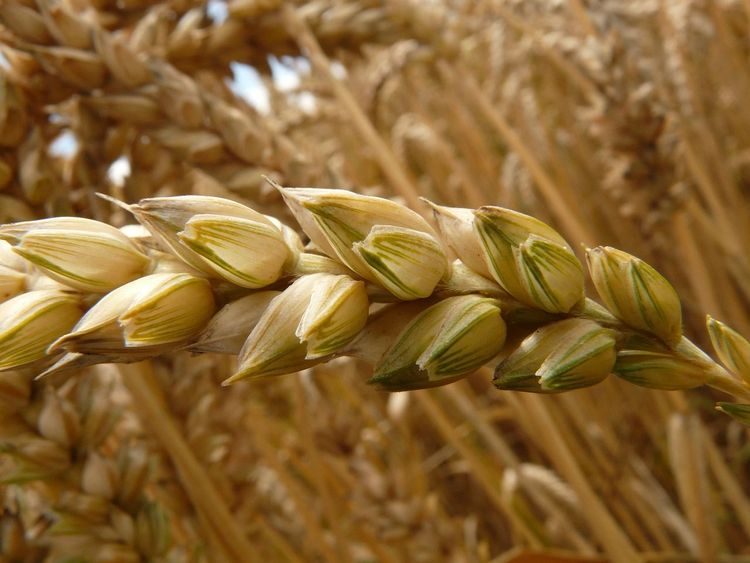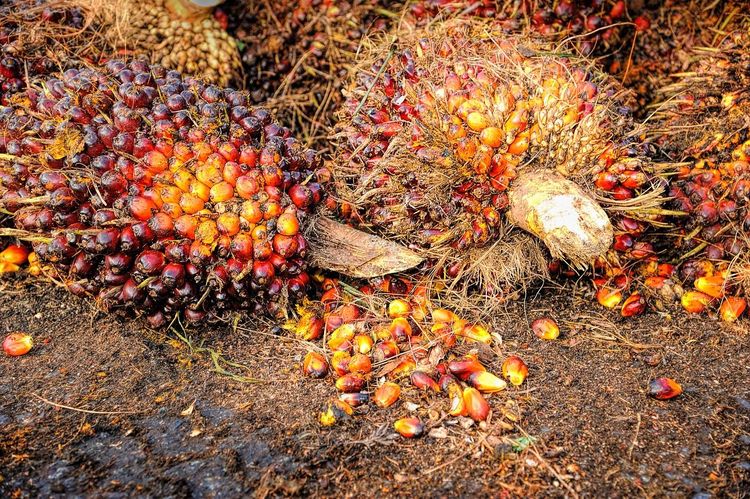Analyzing Iran’s Food Supplies, Global Shipping Costs Using the Gro Platform
Swiftly rising Mideast tensions raise questions about Iran’s food security. The Gro Intelligence data platform allows users to track Iran’s production, stocks, and imports of key grains and oilseeds, as well as monitor dry bulk ocean freight rates should violence escalate further in the region.
News that a US strike Thursday had killed Iranian Gen. Qassem Soleimani set world markets on edge and drove global crude oil futures prices higher.
Iran is currently well supplied with wheat. It produced its largest wheat crop ever at 16.8 million tonnes in 2019, making it the 12th-largest producer of wheat in the world. It was also the first time in over a decade that Iran produced enough wheat to cover all its domestic consumption needs, according to USDA PS&D estimates. Monthly trade data from the International Grains Council (IGC) shows how the EU, Russia, and Kazakhstan used to be the major source of wheat for Iran, but imports have fallen to nearly zero.

Monthly trade data from the International Grains Council shows Iran’s imports of wheat dropping to nearly zero for the last three years. That will change this year as Iran looks to supplement its wheat crop with new imports and bolster domestic stocks. Barley imports have been necessary to meet growing feed demand.
But Iran is unlikely to repeat the exceptionally high wheat yield numbers of 2019. As such, Tehran recently signed memorandums of understanding with Russia and Kazakhstan for the temporary importation of wheat, and in recent weeks Iran purchased 1 million tonnes. Iran plans to purchase 3 million tonnes this year to fulfill domestic needs.
Iran over the last few years has supplemented domestic wheat production by drawing down state reserve stocks, which are now back to around the 10-year average level. Thus, imports will be needed unless the domestic wheat crop gets exceptional weather in the spring when it comes out of dormancy. Iran’s wheat crop health can be monitored in Gro using NDVI and evapotranspiration. NDVI was at a record high in April and May of 2019, the key growing months for winter wheat, reflecting the bumper crop that was harvested in June and July.

Plentiful rainfall resulted in a record yield for Iran’s 2019 wheat crop. The chart on the left shows Gro’s drought index, based on evapotranspiration anomalies, was well above normal levels in April 2019. The chart on the right shows record levels of NDVI for several months including the key growing period of April and May. These data are used in several of Gro’s yield models and will be a good indicator of Iran’s wheat crop this upcoming spring. Click on the image to see this and other charts related to Iranian grain production in the Gro web app.
Barley demand for feed in Iran is growing and requires an increasing supply from imports. Iran is the third-largest importer of barley at 3.2 million tonnes, mostly from the Black Sea region. Together with its neighbor Saudi Arabia, the two countries represent 42% of world barley imports.
Corn production in Iran is minimal, leading to a projected 10 million tonnes of imports for the 2019/20 season, according to the USDA, making Iran the world’s sixth-largest importer of corn. The import forecast is 1 million tonnes higher than last year and a new record. Brazil accounts for the majority of Iran’s corn imports. For the first three months of the season, shipments of corn from Brazil to Iran are 750,000 tonnes lower than the same period last year, according to customs data from Brazil’s MDIC. Brazilian exports will need to pick up substantially if the USDA’s forecast is to be met. The US exports little to no grain or oilseeds to Iran.
Global crude oil futures prices jumped following news of the killing of Iran’s Gen. Soleimani. The development sharply increases the risk of violence in the oil-rich Mideast. Persian Gulf shipping routes and petroleum infrastructure could be targets if tensions escalate further, limiting the availability of global crude supplies.
Sustained crude oil price strength would drive global freight costs higher, increasing the cost many countries pay for their food. Data from the International Grains Council available in Gro shows a strong relationship between crude prices and dry bulk ocean freight rates.

As crude oil prices move higher so do ocean freight rates and the cost of importing food. In this example, freight data and crude oil prices in the Gro platform show the historical relationship between the cost to ship dry goods like soybeans from the US Gulf to Dalian, China, (green line) and the price of West Texas Intermediate crude oil (blue line).
 Insight
InsightPrices Surge for Cocoa, Coffee, and Other ‘Soft’ Commodities
 Blog
BlogGain Actionable Insight Into Climate Impacts With The Gro Climate Ensemble
 Insight
InsightImproved Conditions Boost Prospects for India’s Upcoming Wheat Harvest
 Insight
Insight

 Search
Search